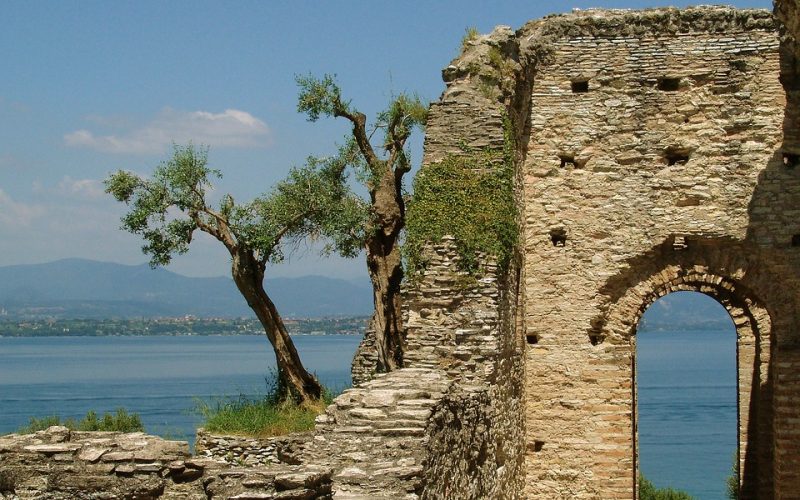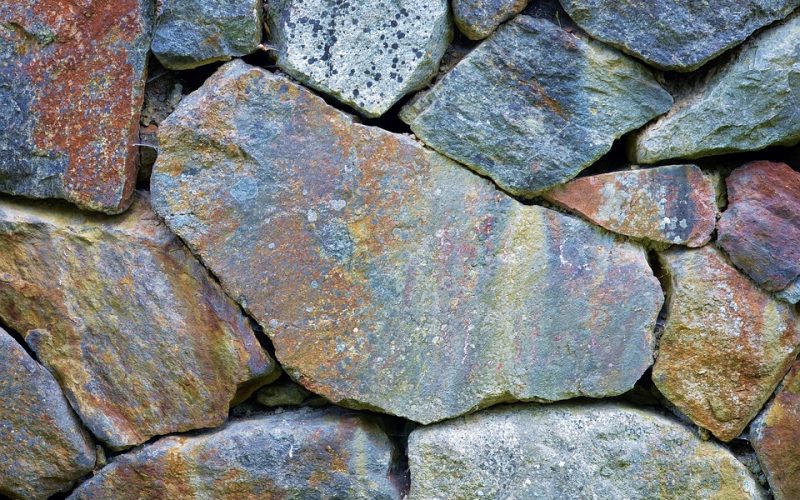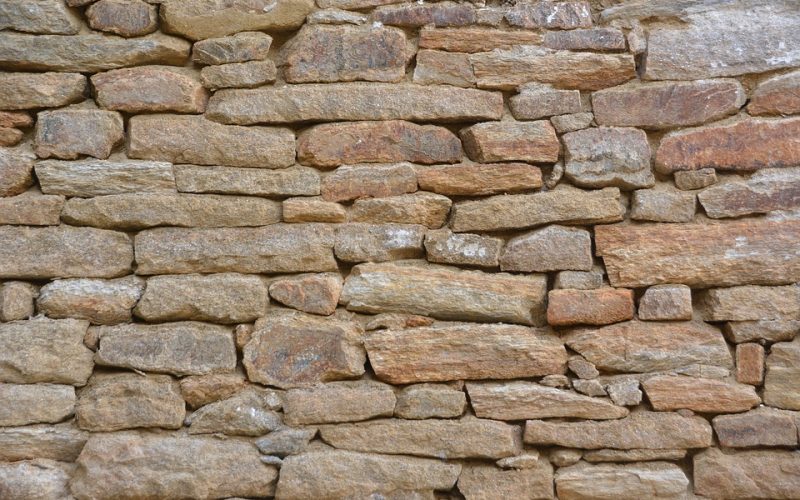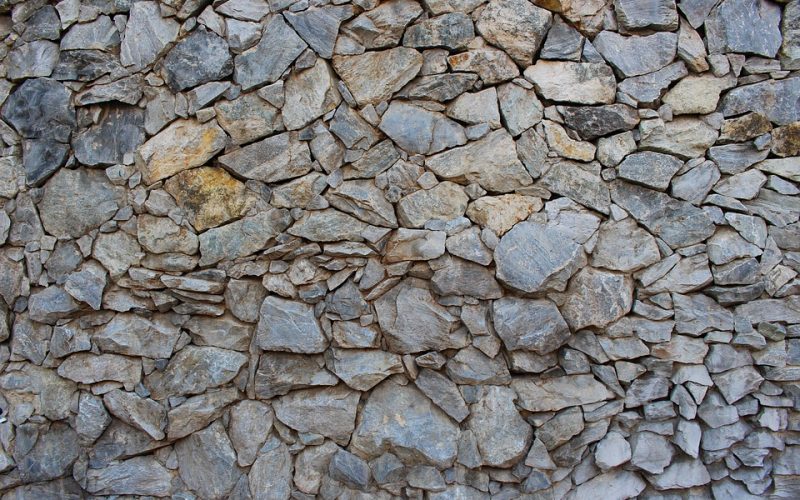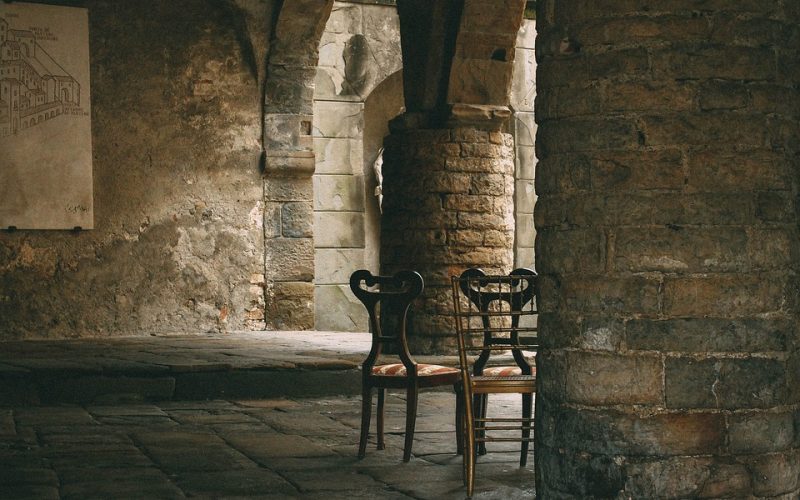The Use of Mortar in Ancient Times
Building homes and storage facilities for food has long been given credit for the ability of mankind to settle in one place, but not all building materials of the ancient world were the same. People used whatever was abundant in their area, and it made a difference in how their buildings were constructed as well as their longevity. While some ancient buildings still remain, many have been lost to the sands of time.
There are many ancient cultures that build permanent dwellings and storage areas, and among them were the Romans. They used what was readily available to create their buildings, and keeping them together with mortar was possible by using their own unique ingredients for binding materials. Not all of them stood up to the weather of centuries, but some of them are still used today.
There are few modern civilizations that will ever equal the Roman Empire for its ability to conquer as well as hold foreign lands, and their buildings are still seen in many parts of Europe. While they are mainly known for their roads, Ancient Rome was an empire that used aqueducts to bring water to their villages, cities and towns. They also brought the arch to other civilizations, and it was not their only building invention that revolutionized the world.
Cement is often used in modern mortar to bind bricks or concrete together, and the Romans found it was an excellent material for their own use. They often set smaller stones and rubble in place with their mortar, and they then added brick or stone facings to their walls for a more finished look. Unlike other cultures, they found that adding ingredients abundant in their area made their mortar stronger than any other used in the ancient world.
While the Egyptians added small amounts of lime, quartz and gypsum into their mortar, the Romans discovered that volcanic dust created a much stronger mortar that would hold more stones of heavier weights. The volcanic ash they used contained the alumina and silica, and it reacted when mixed with the lime and water. The volcanic ash they had in abundance was not normally found in many areas of the world, and it was the strength behind the building techniques of Rome.
